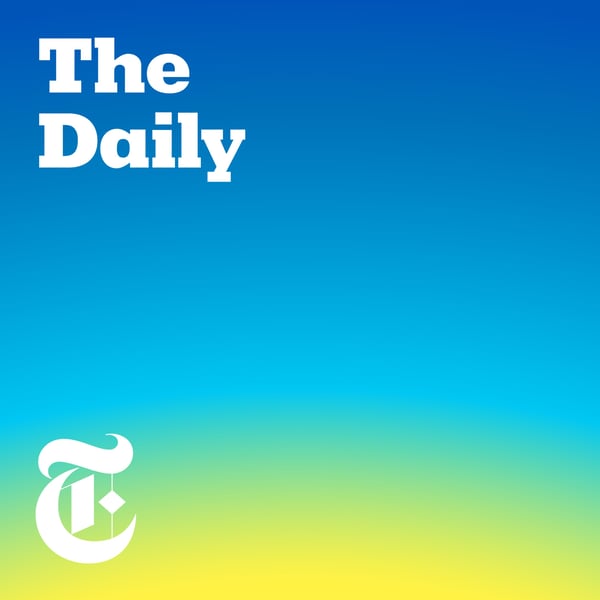Biden’s Executive Orders
The Daily
The New York Times
4.4 • 102.8K Ratings
🗓️ 22 January 2021
⏱️ 23 minutes
🧾️ Download transcript
Summary
Transcript
Click on a timestamp to play from that location
| 0:00.0 | From New York Times, I'm Michael Babaro. This is the Daily. |
| 0:09.0 | Today, in his first hours as president, Joe Biden signed a flurry of executive orders reversing the legacy of President Trump. |
| 0:19.0 | White House reporter Mike Sheer on what's in the orders and the upside and downside of governing by executive action. |
| 0:32.0 | It's Friday, January 22nd. |
| 0:41.0 | Well, this is going to be the first of many engagements we're going to have in here. |
| 0:46.0 | And I thought Mike, I wonder if you can set the scene for us. A man, a plan, a pen. |
| 0:54.0 | Right. So the scene is the Oval Office. This is late afternoon on the 20th. So Joe Biden has been inaugurated under high security, under threat of a pandemic. |
| 1:04.0 | And I thought with the state of the nation, there's no time to waste, get to work immediately. |
| 1:09.0 | Now, he's sitting at the Resolute desk in the Oval Office. Looks very different already than President Trump. |
| 1:17.0 | They've already redecorated a little bit. They've had different curtains, got a different carpet. They've put up photos of Joe Biden's family, bust of Cesar Chavez behind him. |
| 1:27.0 | So the visuals already look a little bit different than we'd come to be used to for the last four years. |
| 1:32.0 | Earlier, we're going to be signing a number of executive orders over the next several days a week. And I'm going to start today, a compounding crisis of COVID, that COVID-19, along with the economic crisis following that. |
| 1:47.0 | Sitting next to him is a huge stack of folders with the seal of the presidency on it. Each one containing a different executive order, executive action, some kind of memo that he's going to sign. |
| 2:00.0 | And cameras are rolling. He takes one and begins to sign them. |
| 2:06.0 | And just as a civics reminder here, executive orders are actions that require nothing but a presidential signature. They're kind of unique in how we govern. |
| 2:21.0 | That's right. And there's a lot that presidents have to do with others in our form of government. The Constitution was very clear. Congress controls the purse, Congress controls spending. |
| 2:33.0 | So there are limits on what a president can do in terms of spending money. But executive orders are actions that the president can direct the government to take on his authority alone. |
| 2:43.0 | And my sense is that the last president, Donald Trump made very liberal use of executive orders in a way that was quite unpopular with Democrats. |
| 2:56.0 | Yeah, absolutely. I mean, look, presidents turn to executive orders. They turn to the power of their office when they get stymied in other ways, when they can't work with Congress. Donald Trump obviously had a very volatile and difficult relationship with Congress. |
| 3:07.0 | And so you saw him in all sorts of ways. He issued executive orders directing the census, not to count certain individuals undocumented immigrants. You saw him issuing executive orders about what federal architecture should look like in Washington, DC because he didn't like certain buildings. You saw him shut down the border with Mexico at various times to asylum seekers. |
| 3:30.0 | It was a kind of never ending barrage of executive orders big and small. Some of them had huge impacts. Some of them less so, but that was essentially the way he governed. |
| 3:42.0 | And among the critics of those Trump executive orders was Joe Biden, not yet president. And the critique of the executive orders, and I remember it very vividly was that they represent the imperial presidency, right? |
... |
Please login to see the full transcript.
Disclaimer: The podcast and artwork embedded on this page are from The New York Times, and are the property of its owner and not affiliated with or endorsed by Tapesearch.
Generated transcripts are the property of The New York Times and are distributed freely under the Fair Use doctrine. Transcripts generated by Tapesearch are not guaranteed to be accurate.
Copyright © Tapesearch 2025.

